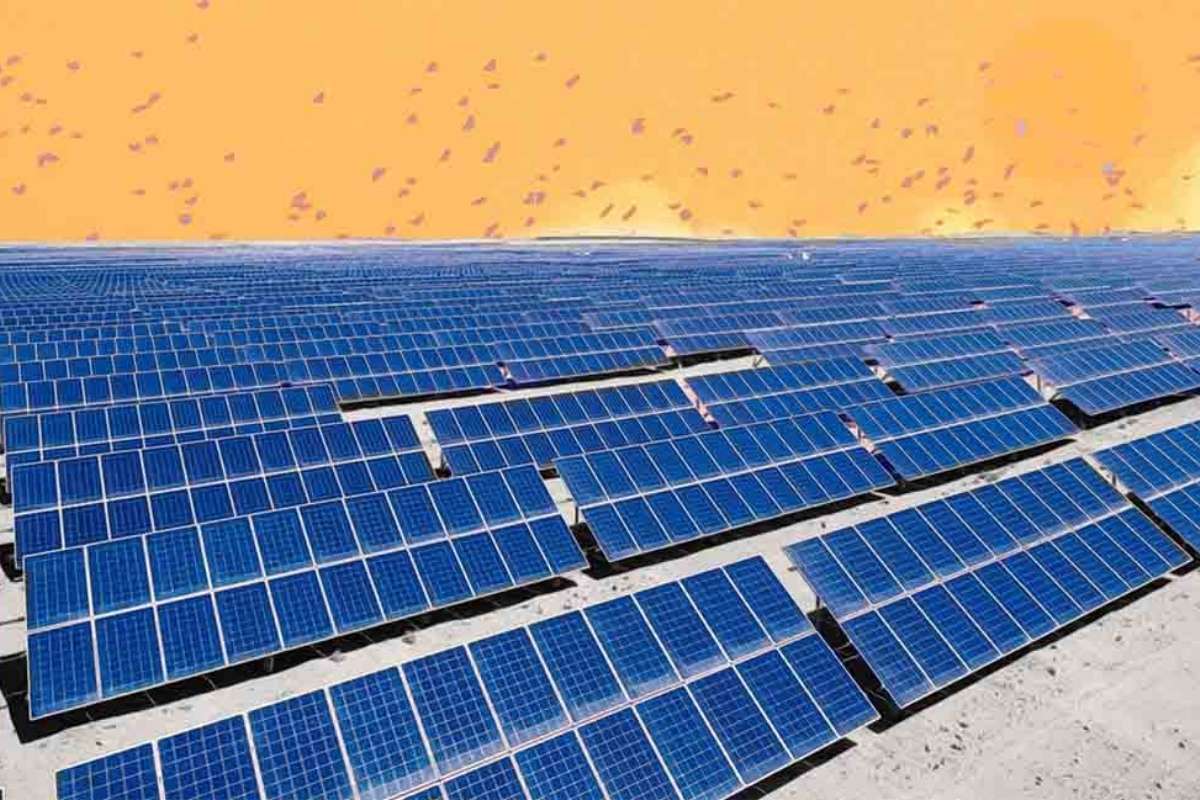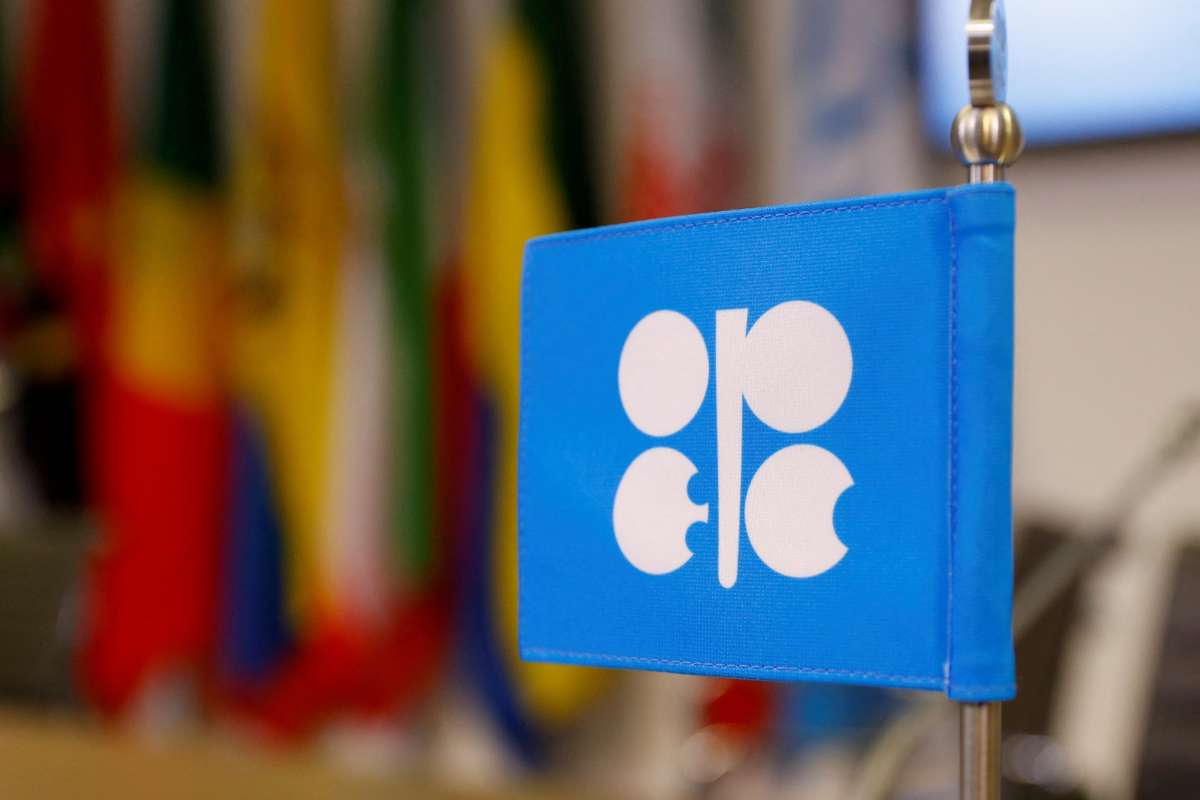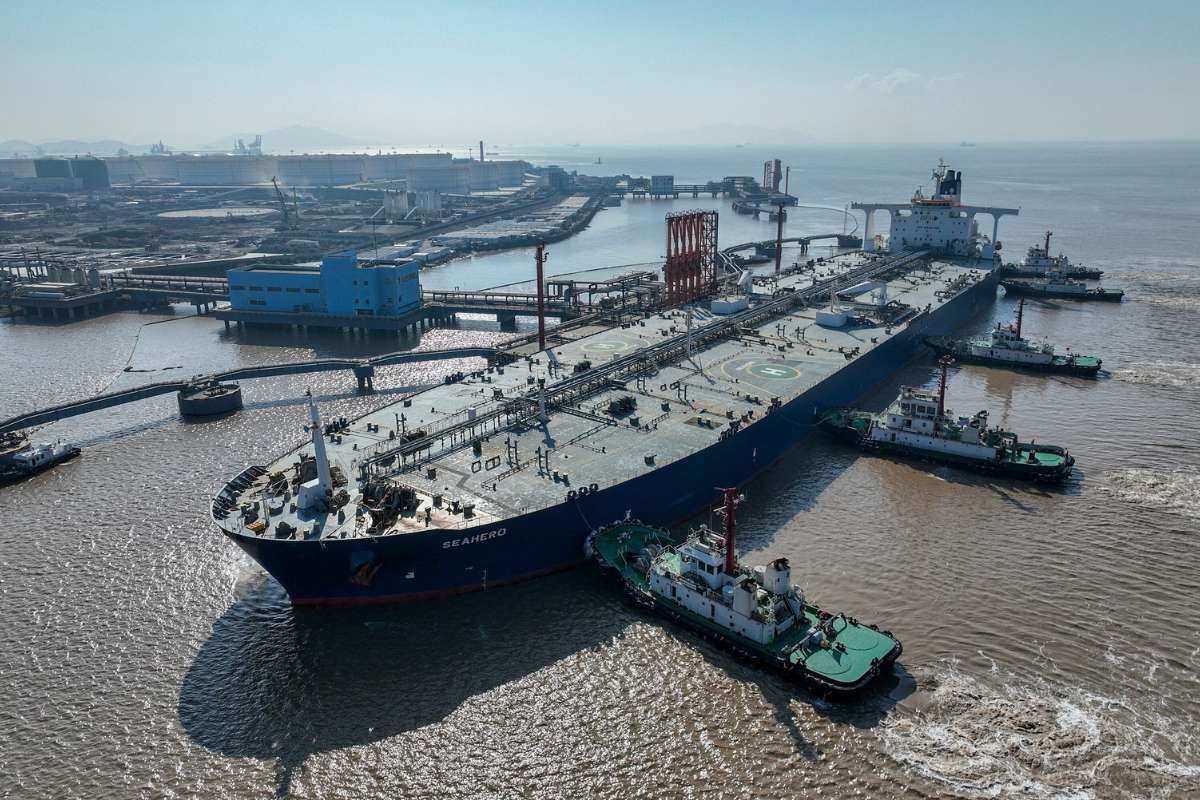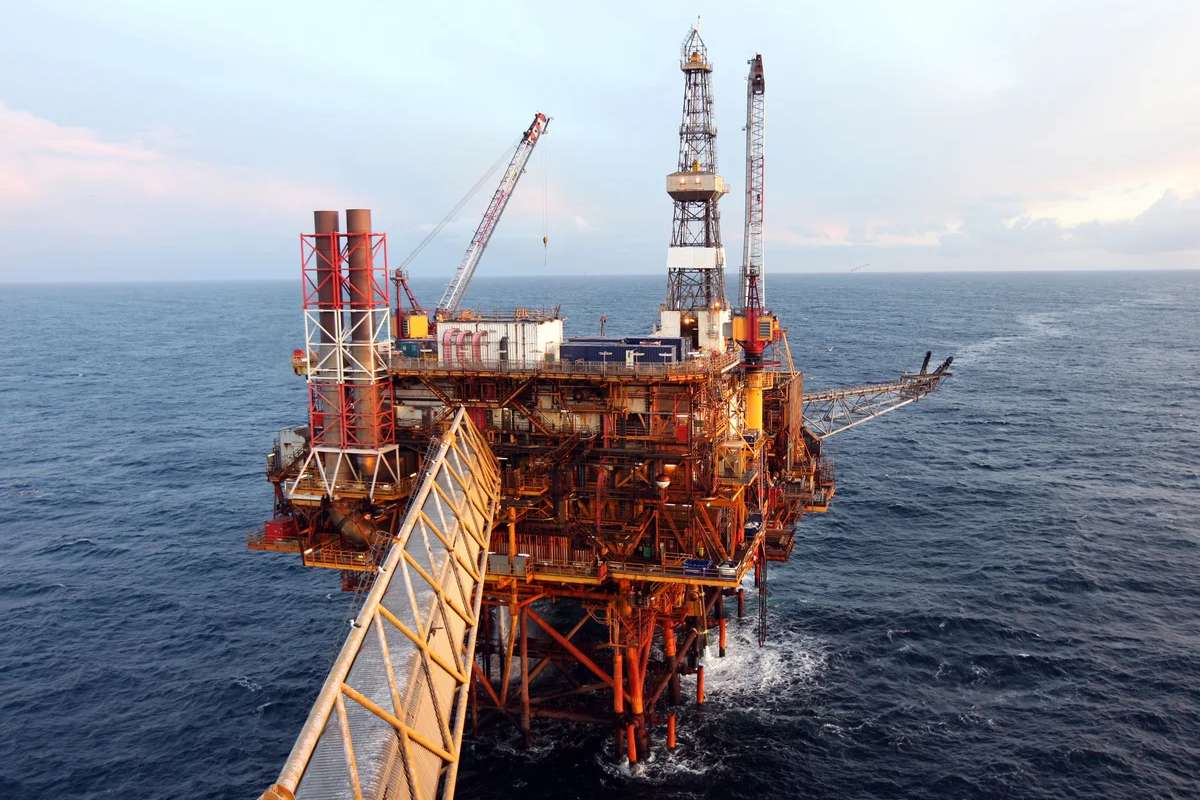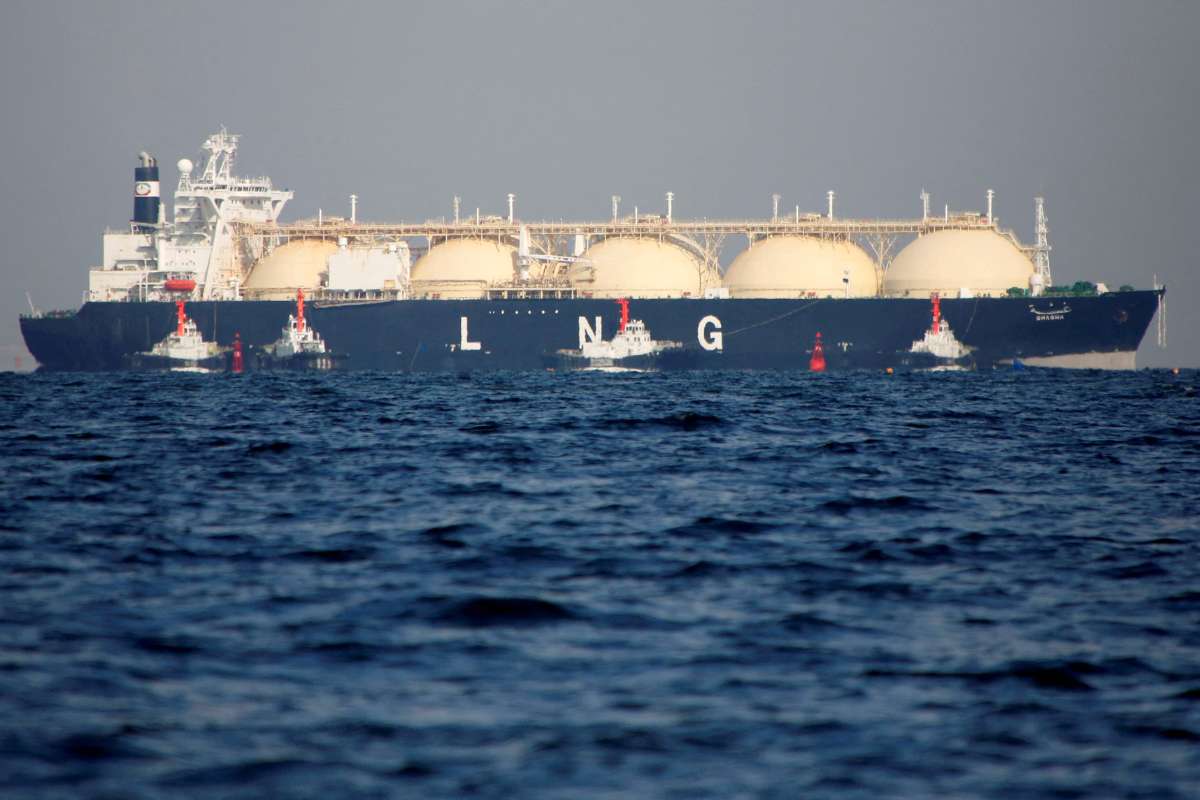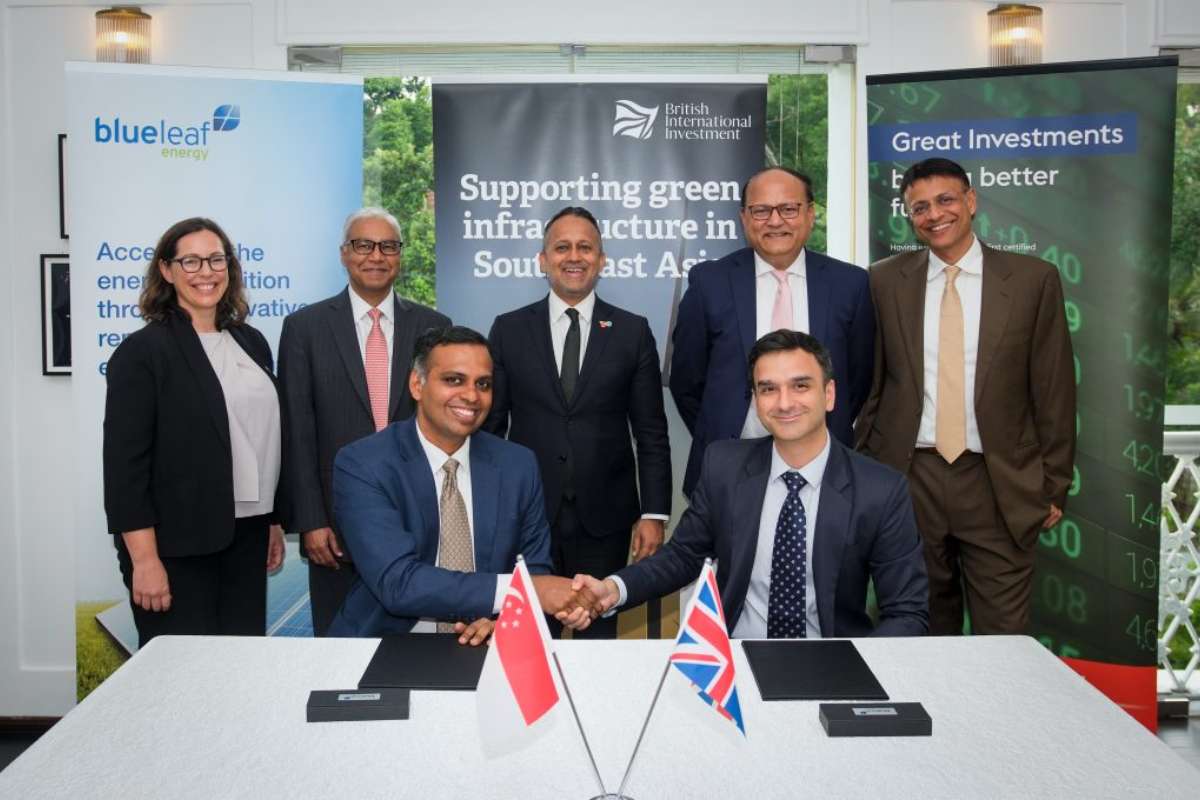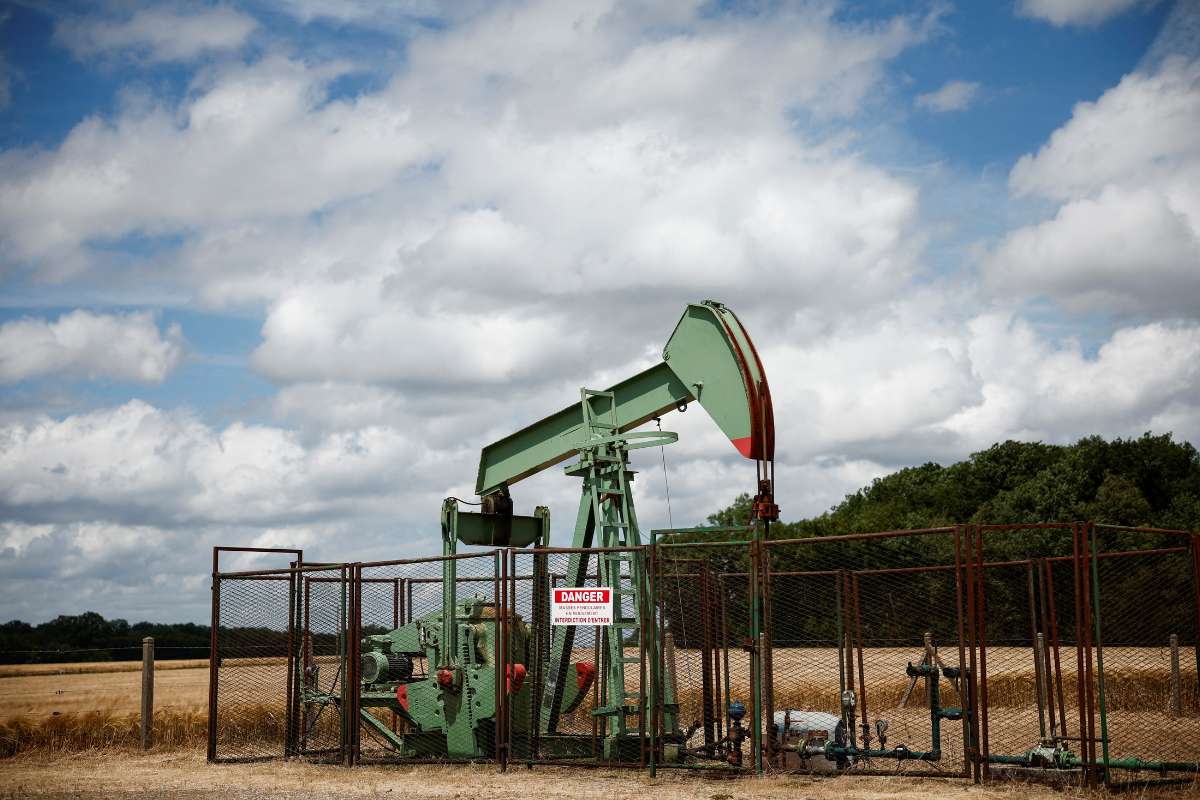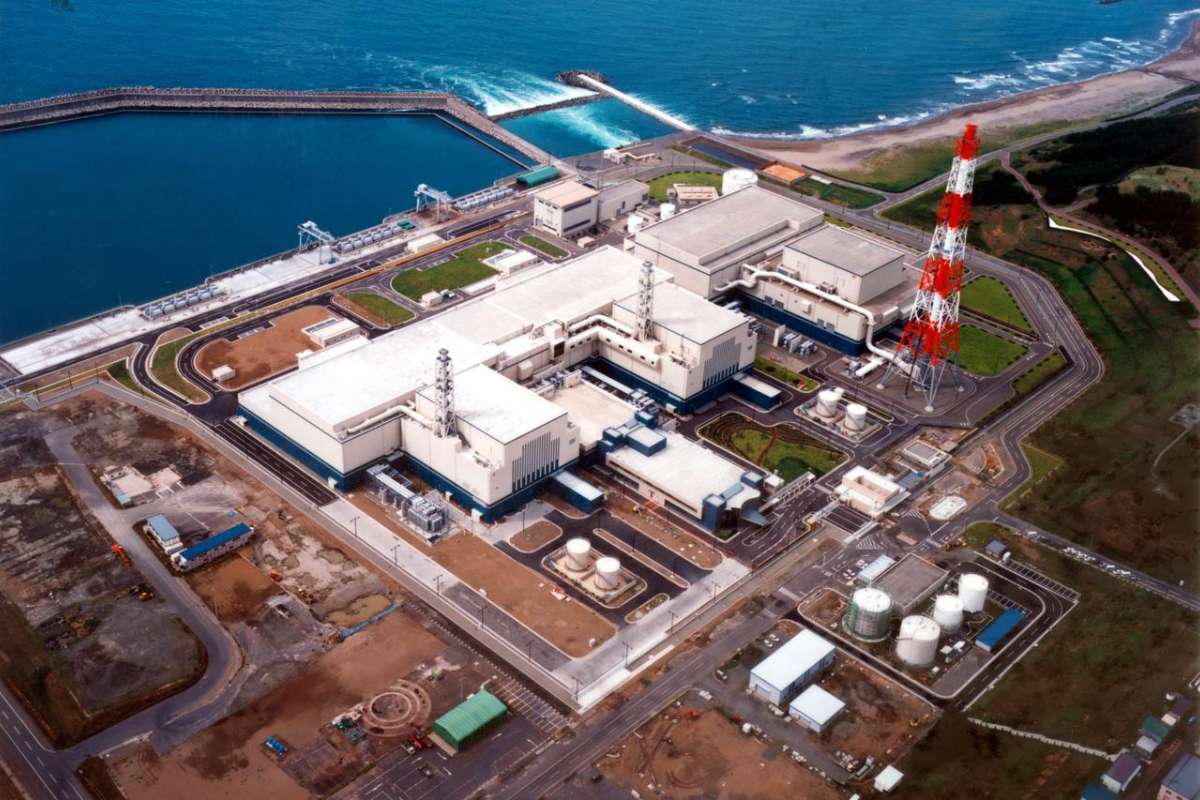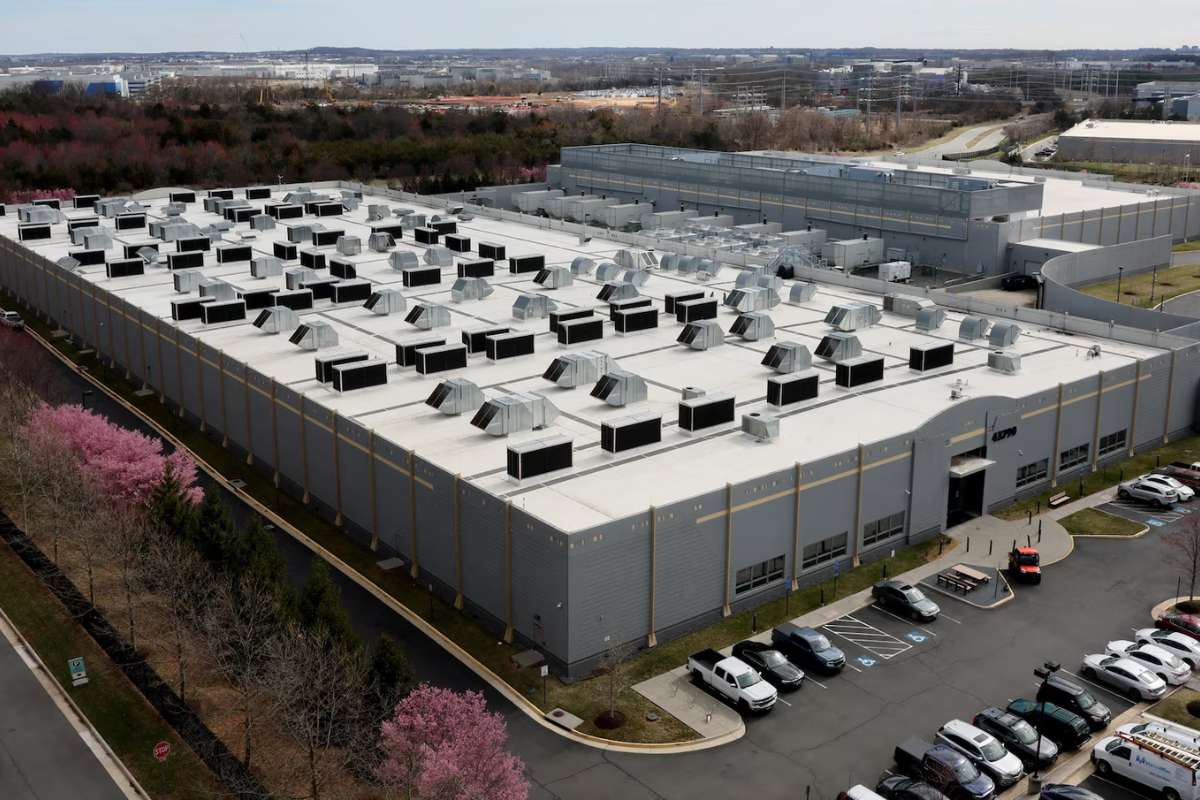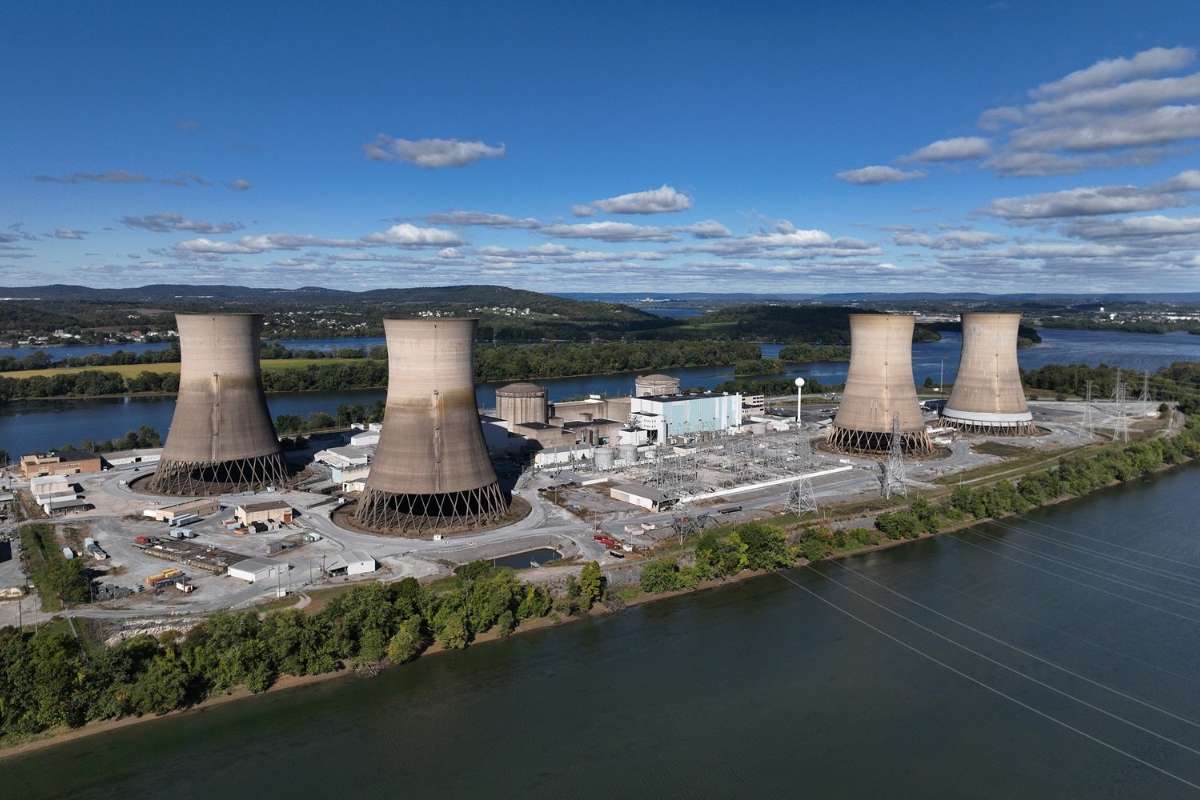The United Arab Emirates (UAE) is cementing its status as a leading force in the Middle East’s UAE’s energy sector, bolstered by rising oil and gas output, sound fiscal management, and a strong sovereign credit profile. Recently affirmed with an ‘AA’ rating and stable outlook by S&P Global Ratings, the UAE continues to attract interest from global investors and energy professionals. As the sixth-largest crude exporter, the country’s plans to scale oil production from under 3 million barrels per day in 2024 to 3.5 million by 2028 showcase its expanding role in global energy markets.
Infrastructure enhancements, including the Abu Dhabi Crude Oil Pipeline—capable of diverting half the emirate’s exports through the Indian Ocean—strengthen the UAE’s strategic resilience amid geopolitical uncertainties. This initiative, along with the 400,000 barrels per day expansion planned for July 2025 under relaxed OPEC+ quotas, demonstrates the nation’s readiness to meet global oil demand despite projected price drops to $60 per barrel in 2025.
Diversified UAE’s energy sector Projects and Economic Policy Drive Long-Term Vision
Parallel to its oil ambitions, the UAE is opening new gas frontiers. Key initiatives such as the Ghasha gas project and the Ruwais LNG terminal in Abu Dhabi aim to expand gas production capacity and cater to growing domestic and export needs. These projects are expected to attract regional investment and innovation in LNG technology, providing ample opportunities for stakeholders across the gas value chain.
Underpinning these developments is the UAE’s robust fiscal strategy. S&P forecasts government fiscal surpluses averaging 3.2% of GDP through 2028, supported by high oil revenues and investment income from sovereign assets. With a projected net asset position at 177% of GDP in 2025 and debt levels remaining stable around 28%, the UAE is positioned to finance large-scale energy projects even as it seeks to deepen domestic capital markets. Abu Dhabi’s planned $5.4 billion local currency bond issuance is expected to establish a yield curve, enhancing local financing options for energy firms.
Moreover, economic diversification efforts have yielded notable success. Non-oil sectors, contributing 75% of GDP, have seen 6% annual growth, with major infrastructure projects like Dubai’s airport expansion and Saadiyat Island’s development creating demand for energy services. Strategic trade deals under the Comprehensive Economic Partnership Agreements (CEPAs) further secure export markets, ensuring resilience against external shocks such as proposed U.S. tariffs.
Navigating Regional Risks and Attracting Global Talent
Despite regional tensions, including the ongoing Israel-Iran conflict, the UAE’s energy sector remains stable. Alternative shipping routes, substantial fiscal reserves, and diplomatic normalization with countries like Qatar and Israel enhance investor confidence. While the dirham’s peg to the U.S. dollar ties monetary policy to the Federal Reserve, interest rate cuts and stable inflation projections offer a conducive financial environment for energy sector investments.
Labour and investment reforms continue to draw international interest. The Golden Visa program, foreign ownership allowances, and Emiratisation policies create a dynamic and skilled workforce suited to UAE’s energy sector demands. A projected GDP per capita of $47,000 in 2025 and steady population growth underscore ongoing demand for energy infrastructure and services.
For energy professionals and investors across the Middle East, the UAE stands as a benchmark for sustainable growth, offering a secure, well-capitalized, and strategically diversified environment to shape the future of regional energy.
Explore More News In Our Oil Gas Energy Magazine
